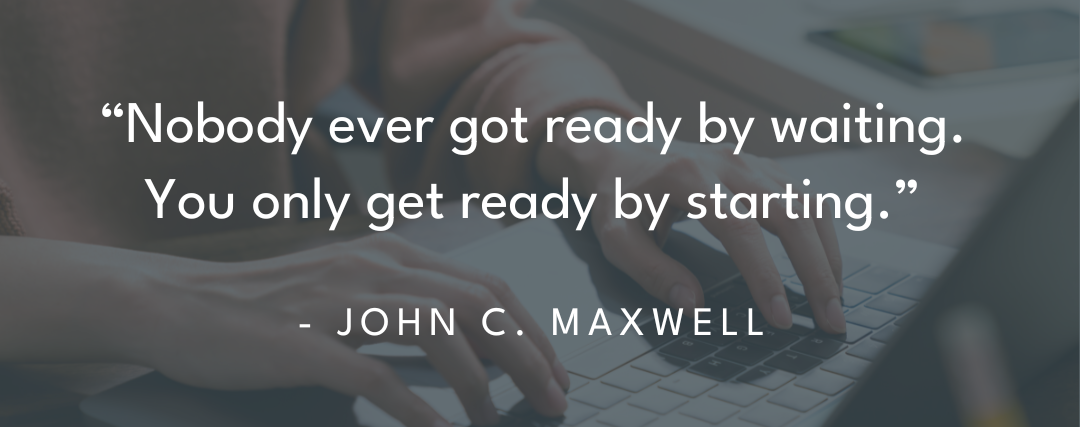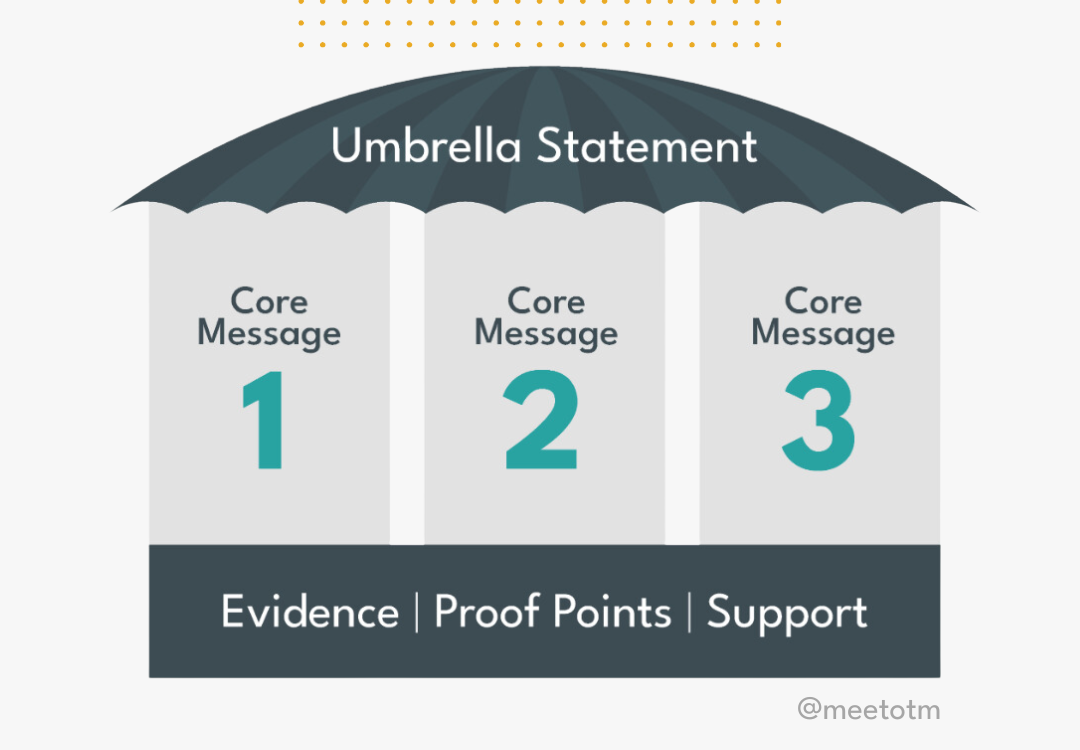
What is personal branding?
Personal branding is the process of defining and promoting what you stand for as an individual. (Source: Sprout Social)
How does someone go about effectively building a personal brand?
It’s not all that different from establishing a brand for your overall business – it requires understanding your target audience, establishing a messaging strategy, and aligning your efforts with the outcomes you’re trying to achieve.
The difference is that it’s all about YOU and how you want people to see you.
Here are 8 steps to guide you in developing your very own personal brand (and what steps you should take to elevate it):
1. Identify Your Target Audience
Understanding your audience is the first step to building a strong personal brand. Who are you talking to? What challenges do they face? How can you provide value to them through your personal brand?
It’s important to ensure that what you are talking about (or writing about) aligns with what your audience cares about (and this may not be exactly what you do day in and day out to serve them).
For example, our Chief Growth Officer regularly posts content on LinkedIn that is targeted at internal marketing directors of mid-sized businesses (which is also one of our ICPs).
Here is a look at the type of attributes she uses to describe her target audience:
What challenges do they face?
- Communicating their KPIs to leadership teams
- Connecting their marketing activities with business goals
- Determining how to resource their marketing efforts
- Effectively leveraging their internal and external teams
What do they care about?
- Excelling at their role
- Contributing to the growth of their company
- Personal growth opportunities
- Being recognized by their leadership teams
Once you have an understanding of who your audience is, you should set clear objectives for each audience segment.
Ask yourself what you want to achieve with each group, and note that you may have different objectives for different segments.
For example, you might have one audience segment that represents your ICP whereas another might actually represent a potential employee – your objective is not going to be the same for these two audiences (even if the content is!)
Define the core messages that reflect your values and expertise and align your content to those core messages. Sometimes referred to as “content pillars,” your messaging strategy should serve as the foundation of your personal brand, creating consistency and clarity in your communication.
At OTM, we like to leverage the following messaging house framework for this type of strategy:
4. Establish Your Preferred Content Mix
Where you build your personal brand is entirely up to you. In our opinion, it’s more important to pick a platform and content type that feels natural and comfortable (or that you think will eventually feel natural and comfortable) than to try to force something that won’t be sustainable.
For example:
- If you prefer longform content, consider LinkedIn, Substack, Medium, or a personal blog
- If you prefer short form content, you could explore X or Threads
- If you’d rather record videos than write content, you could go with TikTok, YouTube, or you could leverage video in one of the above platforms
Consider testing out different content types on different platforms to see what engages your audience the most.
And of course, you need to consider what channels your target audience is tuning into to ensure that your message will reach them otherwise you may end up with great content that no one ever sees!

5. Set SMART Goals
Like any successful strategy, your personal brand needs measurable goals. Ensure your objectives are Specific, Measurable, Achievable, Relevant, and Time-bound.
Don’t love SMART goals? Our advice is: don’t overthink your goal-setting framework. Just decide what you want to achieve, define how you want to measure it, and then write it down and revisit it regularly.
Check out the article ‘Top 19 Goal-Setting Frameworks to Consider for Agency and Client Goals’ by Agency Analytics to learn about other frameworks and to see insights from some of the OTM team members.
Consistency and timing are key.
Develop a content distribution schedule that works for you and your audience. Take a look at when your audience is online and when they are most active and create a schedule that aligns with that information (consider scheduling tools to eliminate the need to post on demand throughout the week).
For example, According to Hootsuite, the best overall time to post on LinkedIn is 9am on Tuesdays and Wednesdays, and weekends are usually the worst days to post on LinkedIn.
Below are the times per each day of the week that the Hootsuite team found to be the most effective times to post content:
- Monday: 11 am
- Tuesday: 6 am – 8 am
- Wednesday: 12 pm
- Thursday: 2 pm
- Friday: 8 am
- Saturday: 4 am – 5 am
- Sunday: 6 am

7. Implement
Put your plan into action. Whether it’s posting on LinkedIn 3x/week, posting on TikTok daily, writing a monthly newsletter, or starting a blog – just get started.

Monitor your progress regularly. Marketing is a science, not a magic bullet. Good marketers thrive on experimentation because there is no one-size-fits-all solution. Success lies in continuous testing, adapting, and refining strategies.
A successful personal brand is an evolving one, responsive to changes in your industry and the preferences of your audience.
If you have any questions about marketing strategy or are looking for an agency to partner with to help your business grow demand and expand into new markets, reach out to us, we’d love to hear from you.




